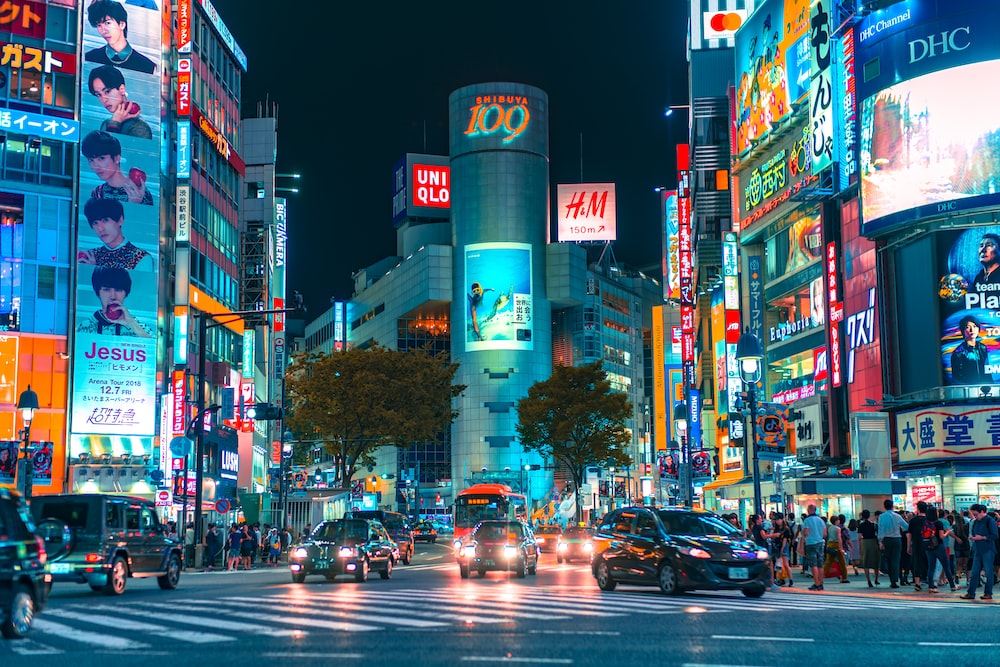There is a growing consensus among economists and analysts that Asia is on track to become the world’s leading economic power in the next century. This is due to a number of factors, including:
- Asia’s large and growing population: Asia is home to over 60% of the world’s population, and this population is expected to continue to grow in the coming decades. This will create a large consumer market for goods and services, which will drive economic growth.
- Asia’s rising middle class: The middle class in Asia is growing rapidly, and this is having a positive impact on economic growth. The middle class is more likely to spend money on goods and services, which stimulates economic activity.
- Asia’s strong economic growth: Asia has been experiencing strong economic growth in recent years, and this growth is expected to continue in the coming decades. This growth is being driven by a number of factors, including:
- Increasing investment: Asia is attracting increasing investment from both domestic and foreign investors. This investment is being used to build infrastructure, develop new industries, and create jobs.
- Technological innovation: Asia is a hotbed of technological innovation, and this innovation is driving economic growth. New technologies are being used to improve productivity, create new products and services, and connect businesses and consumers.
- Asia’s integration into the global economy: Asia is becoming increasingly integrated into the global economy, and this is having a positive impact on economic growth. Asia’s exports are growing rapidly, and this is helping to boost economic activity.
Asia’s Fastest Growing Industries
Asia is home to some of the world’s fastest growing economies, and this is being driven by a number of industries. Here are some of the fastest growing industries in Asia:
Information and communications technology (ICT): The ICT industry is one of the most dynamic and fastest growing industries in Asia. This is due to the increasing demand for smartphones, tablets, and other electronic devices. The ICT industry is also being driven by the growth of e-commerce and online services.
E-commerce: The e-commerce industry is growing rapidly in Asia, as more and more people are using the internet to shop for goods and services. The e-commerce industry is being driven by the increasing availability of broadband internet, the growth of the middle class, and the rising popularity of mobile devices.
Logistics and transportation: The logistics and transportation industry is another major growth area in Asia. This is due to the increasing demand for goods and services, as well as the growth of e-commerce. The logistics and transportation industry is also being driven by the development of new infrastructure, such as airports, seaports, and highways.
Healthcare: The healthcare industry is also growing rapidly in Asia, as the population ages and there is an increasing demand for quality healthcare services. The healthcare industry is also being driven by the growth of medical tourism, as people from all over the world are coming to Asia for affordable and high-quality healthcare.
Education: The education industry is another major growth area in Asia, as the demand for education is increasing. The education industry is also being driven by the growth of online education, as more and more people are taking online courses.
These are just some of the fastest growing industries in Asia. The growth of these industries is being driven by a number of factors, including the increasing population, the growing middle class, and the rise of technology. These industries are creating jobs, driving economic growth, and helping to improve the lives of millions of people in Asia.
In addition to the industries mentioned above, here are some other industries that are expected to grow rapidly in Asia in the coming years:
- Cleantech: The cleantech industry is focused on developing and deploying technologies that reduce pollution and protect the environment. This is a growing industry in Asia, as governments and businesses are increasingly focused on sustainability.
- Financial technology (FinTech): The FinTech industry is focused on using technology to improve financial services. This is a growing industry in Asia, as there is a large and growing demand for financial services in the region.
- Agritech: The agritech industry is focused on using technology to improve agricultural production. This is a growing industry in Asia, as there is a need to increase agricultural productivity in order to feed the growing population.
Bitcoin Adoption in Asia
Bitcoin adoption in Asia has been growing rapidly in recent years. According to a 2022 report by Chainalysis, Asia is now home to the world’s highest number of Bitcoin users, with over 100 million people holding the cryptocurrency.
There are a number of factors that have contributed to the growth of Bitcoin adoption in Asia. These include:
- The rise of the digital economy: The digital economy is growing rapidly in Asia, and this has created a more favorable environment for the adoption of Bitcoin. Bitcoin is a digital currency, and it is well-suited for use in the digital economy.
- The lack of trust in traditional financial institutions: In many Asian countries, there is a lack of trust in traditional financial institutions. This has led some people to turn to Bitcoin as an alternative investment and store of value.
- The high cost of remittances: In many Asian countries, the cost of remittances is high. This has led some people to use Bitcoin to send money to their families and friends in other countries. Bitcoin is a cheaper and faster way to send money than traditional methods.
- The government’s support for Bitcoin: Some governments in Asia have been supportive of Bitcoin adoption. For example, the government of Thailand has legalized the use of Bitcoin, and the government of Singapore has established a regulatory framework for Bitcoin businesses.
The growth of Bitcoin adoption in Asia is likely to continue in the coming years. As the digital economy continues to grow, and as more people lose trust in traditional financial institutions, Bitcoin is likely to become an increasingly popular investment and store of value in Asia.
Here are some of the countries in Asia that have seen the most adoption of Bitcoin:
- Vietnam: Vietnam has the highest number of Bitcoin users in Asia, with over 20 million people holding the cryptocurrency.
- India: India is another country with a large number of Bitcoin users, with over 15 million people holding the cryptocurrency.
- China: China was once a leader in Bitcoin adoption, but the government has since cracked down on the cryptocurrency. However, there are still an estimated 10 million Bitcoin users in China.
- South Korea: South Korea has a long history of cryptocurrency adoption, and it is still one of the most active Bitcoin markets in Asia.
- Japan: Japan is another country with a long history of cryptocurrency adoption, and it is still one of the most active Bitcoin markets in Asia.
The growth of Bitcoin adoption in Asia is a significant development. It shows that Bitcoin is becoming more mainstream, and it is gaining acceptance in a region that is home to some of the world’s most populous countries.
Asia’s Green Economy:
- Government policies: Many Asian governments are committed to sustainable development, and have put in place policies and regulations to promote green growth. For example, China has set a target of reaching peak carbon emissions by 2030, and India has set a target of installing 100 GW of solar power by 2022.
- Growing demand for green products and services: The middle class in Asia is growing rapidly, and this class is more likely to demand green products and services. This is creating a large market for green businesses in Asia.
- Advances in technology: There have been significant advances in green technology in recent years, making it more affordable and efficient to adopt green practices. For example, the cost of solar panels has fallen significantly in recent years, making solar power a more viable option for businesses and individuals.
- Public awareness: There is growing awareness of the environmental challenges facing Asia, and this is driving demand for green solutions. For example, a recent survey found that 80% of people in China are concerned about air pollution.
As a result of these factors, Asia is seeing significant growth in the green economy. Some of the key sectors of the green economy in Asia include:
- Renewable energy: Asia is the world’s leading market for renewable energy, and is expected to continue to grow in the coming years. In 2022, Asia accounted for 60% of global renewable energy investment.
- Energy efficiency: Asia is also a leader in energy efficiency, and is investing heavily in new technologies to save energy. In 2022, China invested $1.4 trillion in energy efficiency measures.
- Green transportation: Asia is investing in new green transportation technologies, such as electric vehicles and public transportation. In 2022, China sold over 3 million electric vehicles.
- Green buildings: Asia is also seeing a boom in green building construction, as more and more businesses and individuals are opting for sustainable buildings. In 2022, China accounted for 40% of global green building investment.
The green economy in Asia is still in its early stages, but it has the potential to be a major driver of economic growth and job creation in the region. As Asia continues to grow, the green economy is likely to become increasingly important.
Under the name Knightsbridge KXCO became one of Asia’s leading financial services companies with interests in Institutional investment, Private Equity, Capital Markets, Publishing, and Agriculture that span every continent of the world. We have unprecedented experience in Equities, Banking, Private Equity, Trading and Funds Management.
Shayne Heffernan









